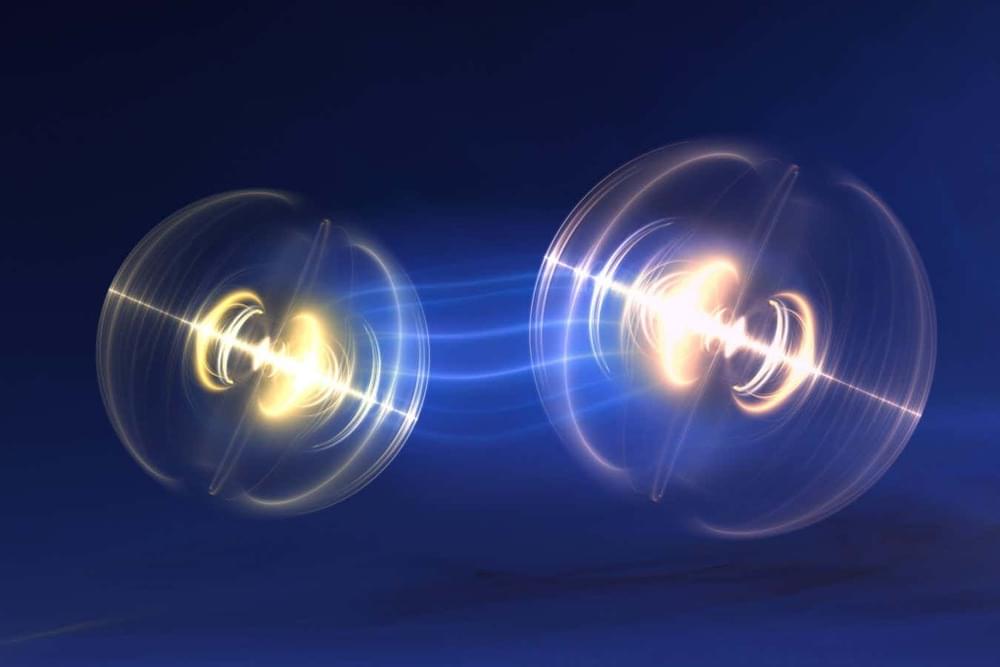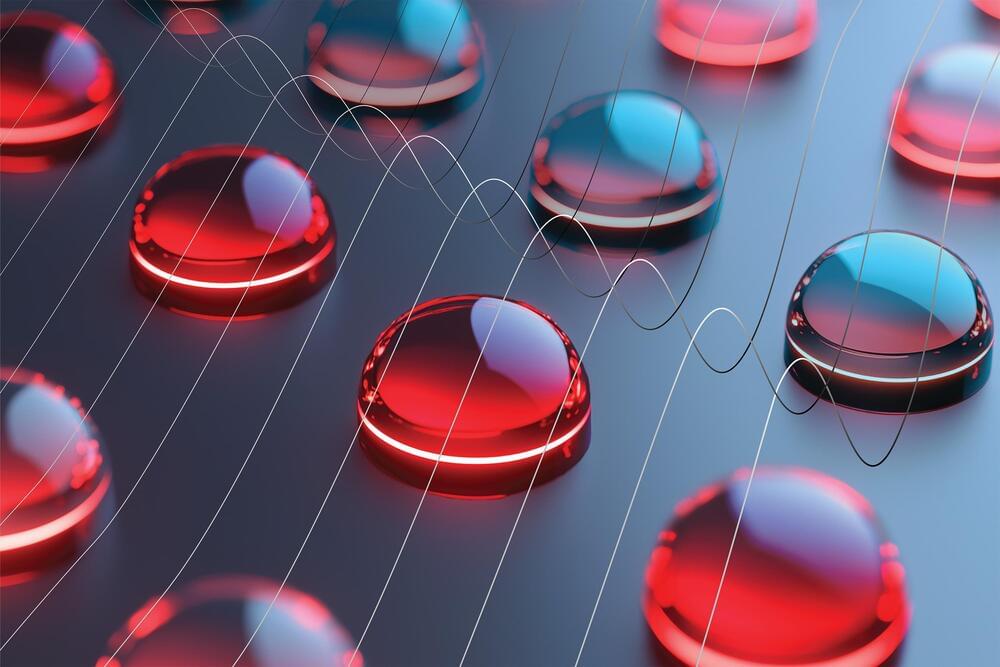A scorpion discovered in South America can spray venom out of its stinger and hit targets up to 35 centimetres away.


A scorpion discovered in South America can spray venom out of its stinger and hit targets up to 35 centimetres away.

Journey into one of humanity’s most ambitious space missions as we explore JAXA’s groundbreaking Hayabusa2 mission to asteroid Ryugu! Discover how this remarkable spacecraft not only achieved the first successful deployment of rovers on an asteroid but also brought back precious samples that could reveal secrets about our solar system’s formation. From the dramatic touchdown on Ryugu’s surface to the revolutionary MASCOT and MINERVA rovers that hopped across its microgravity environment, this video breaks down the incredible technology and scientific discoveries from this historic asteroid sample return mission. Learn how these primitive asteroid samples are reshaping our understanding of the early solar system and what this means for future space exploration.
Merry Christmas Holidays Everyone!
The holiday season is a busy time for humankind’s sun-surfing spacecraft. This Christmas Eve, the Parker Solar Probe will be going where no probe has gone before: a mere 3.8 million miles from the sun’s surface.
Around 6:53 a.m. Eastern time on December 24, it will pass the closest that any spacecraft has ever been to our roaring sun. And it will do so in another record-breaking fashion: traveling 430,000 miles per hour—the speed equivalent of traversing from Washington, D.C., to Tokyo in under a minute—making it the fastest human-made object to ever zip across the universe.
“It’ll be inside the upper atmosphere of the sun, literally touching the star,” Nicki Rayl, NASA’s deputy director of heliophysics, tells Julia Jacobo and Mary Kekatos of ABC News.

An international team of astronomers has reported the discovery of a new pulsar, which received the designation PSR J1631–4722. The newfound pulsar, which is young and energetic, turns out to be associated with a supernova remnant known as SNR G336.7+0.5. The finding was detailed in a research paper published Dec. 16 on the arXiv pre-print server.
Pulsars are highly magnetized, rotating neutron stars emitting a beam of electromagnetic radiation. They are usually detected in the form of short bursts of radio emission; however, some of them are also observed via optical, X-ray and gamma-ray telescopes.
Pulsars directly associated with known supernova remnants (SNRs) are generally rare as only dozens of such objects have been discovered to date. Finding these associations is crucial for astronomers as they could shed more light on pulsar formation history and supernova explosion mechanisms.

Some quantum fields that extend throughout all of space-time could be a rich resource of quantum entanglement that can be extracted forever.



Monitoring electrical signals in biological systems helps scientists understand how cells communicate, which can aid in the diagnosis and treatment of conditions like arrhythmia and Alzheimer’s.
But devices that record electrical signals in cell cultures and other liquid environments often use wires to connect each electrode on the device to its respective amplifier. Because only so many wires can be connected to the device, this restricts the number of recording sites, limiting the information that can be collected from cells.
MIT researchers have now developed a biosensing technique that eliminates the need for wires. Instead, tiny, wireless antennas use light to detect minute electrical signals.
